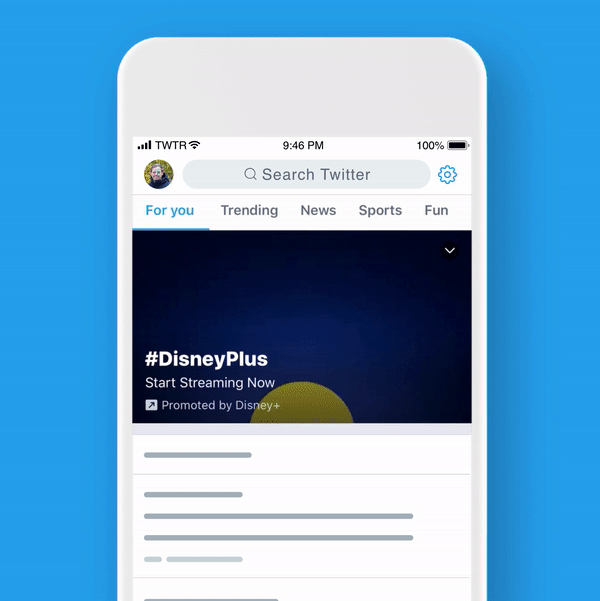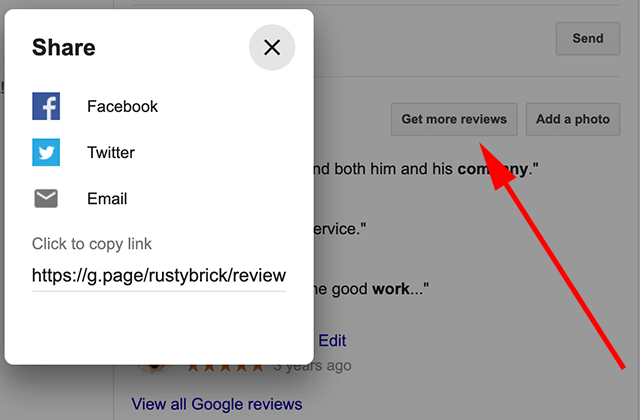Google has announced it is rolling out a widespread update to its search engine algorithm which it is simply titled the ‘January 2020 Core Update’.
Later today, we are releasing a broad core algorithm update, as we do several times per year. It is called the January 2020 Core Update. Our guidance about such updates remains as we’ve covered before. Please see this blog post for more about that:https://t.co/e5ZQUA3RC6
— Google SearchLiaison (@searchliaison) January 13, 2020
The update began rolling out late yesterday and will affect how the search engine ranks all web pages around the world. However, as it is a “broad core” update, there is no specific issue or ranking signal being prioritized like in past mobile or speed-related updates.
Rather, Google’s recommendations for optimizing for this update remain the same as past core updates, which can be found here.
In the past, Google has described its broad core updates using a metaphor:
“One way to think of how a core update operates is to imagine you made a list of the top 100 movies in 2015. A few years later in 2019, you refresh the list. It’s going to naturally change. Some new and wonderful movies that never existed before will now be candidates for inclusion. You might also reassess some films and realize they deserved a higher place on the list than they had before.”
While the update is unlikely to radically shift search engine rankings, Google’s announcement of the update is relatively uncommon. Typically, Google prefers to quietly roll out broad updates and only confirm core updates when they relate to specific issues or are widely recognized.
This may signal that Google expects relatively large impacts on some search results, though it will take some time for the full impact of the update to become apparent.





